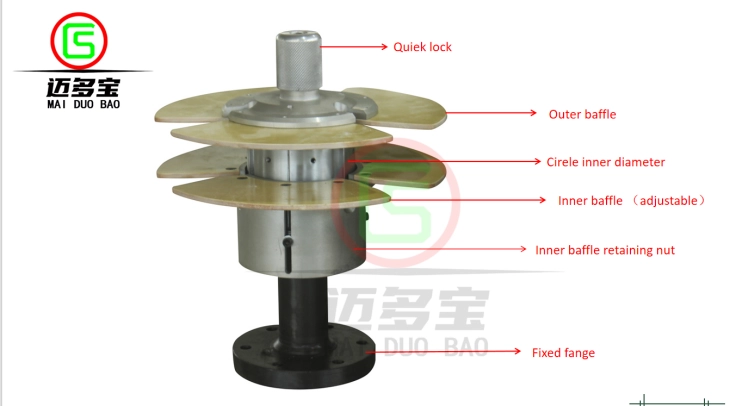In the realm of power tools, the worm drive saw stands out for its robust design and exceptional cutting performance. However, like any precision machine, it requires regular maintenance to ensure optimal operation and longevity. One crucial aspect of this maintenance is lubrication – a process often overlooked but vital for preventing wear, reducing friction, and maintaining smooth power transmission. This comprehensive guide will walk you through the ins and outs of how to lubricate a worm drive saw, ensuring your tool remains a cut above the rest.
Understanding the Worm Drive Mechanism
Before diving into the lubrication process, it's essential to grasp the basics of a worm drive saw. This saw employs a worm gear, a screw-like gear that mates with a worm wheel to transmit torque at a 90-degree angle. This design offers high torque and efficient power transfer but also subjects the gears to significant friction and wear. Proper lubrication is thus paramount to minimize this wear and extend the tool's lifespan.
Choosing the Right Lubricant
Not all lubricants are created equal, and selecting the appropriate one for your worm drive saw is crucial. Here are some key considerations:
- Viscosity: Opt for a lubricant with a viscosity suitable for your saw's operating temperatures. Thicker oils may be ideal for colder climates, while thinner oils work better in warmer conditions.
- Additives: Look for lubricants formulated with anti-wear and extreme-pressure additives to further protect the gears.
- Compatibility: Ensure the lubricant is compatible with the materials your saw is constructed from, particularly if it contains seals or O-rings that could be affected by certain chemicals.
Step-by-Step Lubrication Guide
Now, let's break down the lubrication process into actionable steps:
- Preparation:
- Disconnect the saw from its power source to avoid accidental startup.
- Clean any debris or old lubricant from the gearbox area using a cloth or compressed air.
- Accessing the Gearbox:
- Depending on your saw model, you may need to remove covers or panels to access the worm gear and worm wheel. Consult your saw's manual for specific instructions.
- Applying Lubricant:
- Use a syringe or small oil can to apply the lubricant precisely. Aim for the spaces between the worm gear and worm wheel, as well as any other moving parts within the gearbox.
- Avoid overfilling, as excess lubricant can leak out and attract dirt, or cause internal hydraulic pressure that could damage seals.
- Reassembly and Testing:
- Once lubrication is complete, reassemble the saw, ensuring all covers and panels are securely fastened.
- Power up the saw and run it briefly to distribute the lubricant evenly. Listen for any unusual noises that might indicate a lubrication issue.
Maintenance Tips for Optimal Performance
- Regular Checks: Inspect the lubrication level periodically, especially after heavy use or in dusty environments.
- Cleanliness is Key: Keep the gearbox area clean to prevent contaminants from entering and damaging the gears.
- Follow Manufacturer Recommendations: Your saw's manual will provide specific lubrication intervals and recommended lubricants. Adhering to these guidelines will help maintain your warranty and ensure peak performance.
Troubleshooting Common Issues
- Excessive Wear: If you notice excessive gear wear despite regular lubrication, consider using a higher-quality lubricant or adjusting your saw's operating practices.
- Leakage: Leaks can indicate damaged seals or overfilling. Address these promptly to prevent lubricant loss and potential gear damage.
- Noisy Operation: Unusual noises may signal insufficient lubrication or gear damage. Inspect and re-lubricate as needed, or consult a professional for further diagnosis.
Conclusion
Lubricating your worm drive saw is a vital yet often underestimated aspect of maintaining its performance and longevity. By understanding the mechanism, choosing the right lubricant, and following a meticulous lubrication process, you can keep your saw running smoothly and efficiently. Remember, regular checks and proactive maintenance are the cornerstones of any successful tool ownership journey. Happy sawing!


